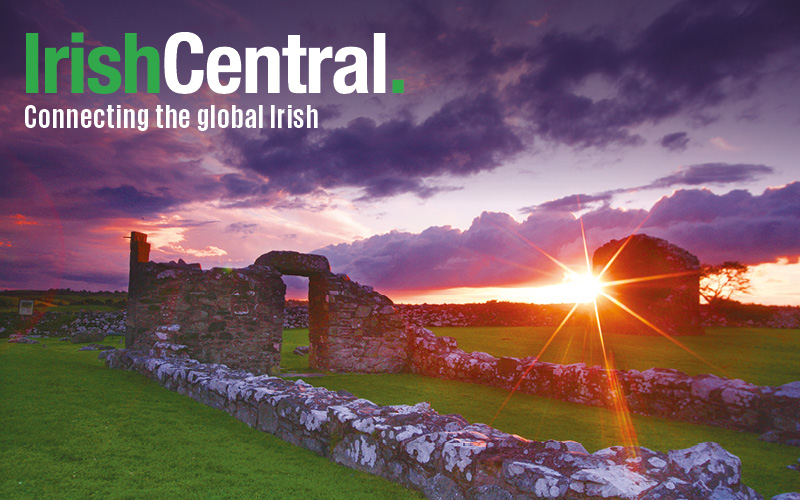According to “What’s Left”, the latest income tracking survey which was carried out by the Irish League of Credit Unions (ILCU), up to 47 percent of adults have less than $130 (€100) to spend at the end of each month after essential bills are paid.
Two-thirds of Irish people say they’ve less money to spend now than they did at this time last year.
The survey showed that 28 percent of homeowners say they can afford to pay the recently introduced household charge.
They found that mortgage and rent were the most expensive bills with 74 percent of Irish adults ranking them as number one. Groceries came in second place.
Forty-seven percent of Irish people found it difficult to pay bills on time. This figure is down from the 55 percent figures recorded in December 2011. The survey found they were likely to defer on bills such as TV license, bin charges, and TV / telecoms.
Car owners were also hit hard. The survey found that 45 percent of the country is struggling to cover the cost of keeping their cars on the road, with the increase in motor taxes and rise in fuel prices.
Seven percent said they were considering giving up their car. However, 47 percent said that the options for public transport in their area were poor.
A huge 42 percent said they had no plans to pay the newly introduced household charge and one in three people said they could not afford it. Eight percent said they would wait until legal action was threatened before they paid it.
The ILCU said that 84 percent of those surveyed, who have less than five percent (or S130) of their income to spend are worried how they, and their families, will deal with unforeseen expenses that crop up.
The survey found that 57 percent of Irish people are struggling to pay bills. They see themselves as living to work, rather than working to live.
This ILCU 2012 survey follows on from four very similar surveys from 2011. It looks at household expenditure, disposable income, what people are spending it on, and their financial hardships. It was carried out by iReach, who surveyed 1,000 people in March.




Comments